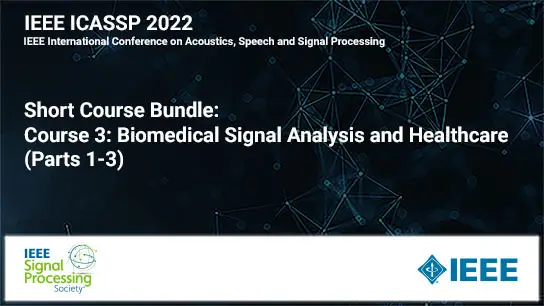Multimodal Fusion of Brain Imaging Data with Joint Non-Linear Independent Component Analysis
Oktay Agcaoglu
-
Members: FreeSPS
IEEE Members: $11.00
Non-members: $15.00Length: 00:09:23
29 Jun 2022
Fusion of different brain imaging modalities has the potential to combine the complementary information in these modalities and therefore provide more insight into the data. Independent component analysis (ICA) and its multimodal version, joint ICA, has been proven to be an important tool analyzing brain imaging data and brain connectivity. The ICA assumes that the sources, brain networks, are linearly separated. While linear JICA is a useful tool, there is potential margin for improvement by utilizing non-linearly mixed sources. Recently, [1, 2] used non-linear independent component estimation (NICE) to generate networks on structural magnetic resonance imaging data and found improved performance comparing to linear ICA in detecting abnormal patterns of gray matter concentration in schizophrenia patients. In this study, we extend this method for multimodal fusion of gray matter volumes and functional network connectivity generated from functional magnetic resonance imaging data and; compare its performance on detecting differences in Alzheimer patients and cognitively impaired individuals with linear ICA.


